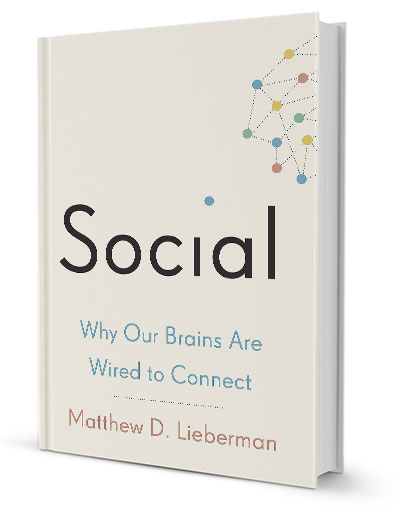
Books: Small Is the New Big
How subtle techniques can help you change others’ behaviors and attitudes at work and at home.
The Small B!G: Small Changes That Spark Big Influence
By Robert Cialdini, Steve Martin, and Noah Goldstein; Business Plus; $28; 288 pages
Ever wonder how to get someone with a strong opinion to change his or her mind? To pay dues on time? To keep appointments? To avoid groupthink? It’s all about influence and the techniques that build it so you can get work done and people on your side.
Noted social science researcher Robert Cialdini and his coauthors, Steve Martin and Noah Goldstein, engagingly walk us through a “persuasion toolkit” in The Small B!G: Small Changes That Spark Big Influence. Each of the 52 three- to five-page case studies uses the latest “psychological mechanisms” to ethically guide your efforts to change others’ behaviors or attitudes.
While the format might encourage you to flip to sections as needed, you won’t. You’ll read it all (and probably in one sitting with a highlighter), because this seemingly minor stuff will not only make your work easier, but your life. “Small is very much the new big,” the authors write.
With Cialdini’s scientific cred, it’s no surprise that the research is riveting and often counterintuitive, with major relevancy to associations and their members. Best is that most of these subtle techniques are free and easy to use—with forethought. Examples range from motivating people not to break laws to using the power of someone’s first-name affiliation to boost project support or charitable giving. These are actions to put into play at work (and with your teenager) as soon as you’re done reading.
Order a stack for staff and invite discussion of specific chapters, such as how to reconnect people to their goals. Anticipate many rereads. In a word: genius.

The Green Edge: How Sustainability Can Help Exhibit and Meeting Planners Save Money and Build Stronger Brands
By Tom Bowman; BGC; $19.95; 180 pages
This quick-read guide gives practical advice to meeting professionals interested in adopting sustainability practices that will help them “green” within budget, engage exhibitors and vendors, and measurably lighten their environmental footprint. With a focus on priority-setting and a big-picture view supported by micro decisions, author and consultant Tom Bowman urges planners to “find greener options within the work you’re already going to do today.” He’s overly optimistic about the ease of achieving certain sustainability performance standards, but he lays out the options with a nice matrix in the back for easy comparisons and “good, better, best” green levels of management actions. Who knew cheese is one of the top carbon-intensive foods around?

Social: Why Our Brains Are Wired to Connect
By Matthew Lieberman; Crown Publishers; $26; 374 pages
<
p>We all know personal connections are important, but do we value them more than food and shelter? Apparently so, according to psychologist Matthew Lieberman, a top authority on the study of social neuroscience. In this page-turner, Lieberman shows via the latest MRI technology how our brains finesse group interactions and individual relationships in ways designed to bring “social pleasure” over “social pain.” Such pain—visually appearing in our brains when we do not connect with others—seems to mimic physical pain. Why this matters and how such new science can be applied to cognitive learning and improved work performance and satisfaction makes for fascinating, surprisingly applicable reading. Turns out adults love gold stars, too.






Comments